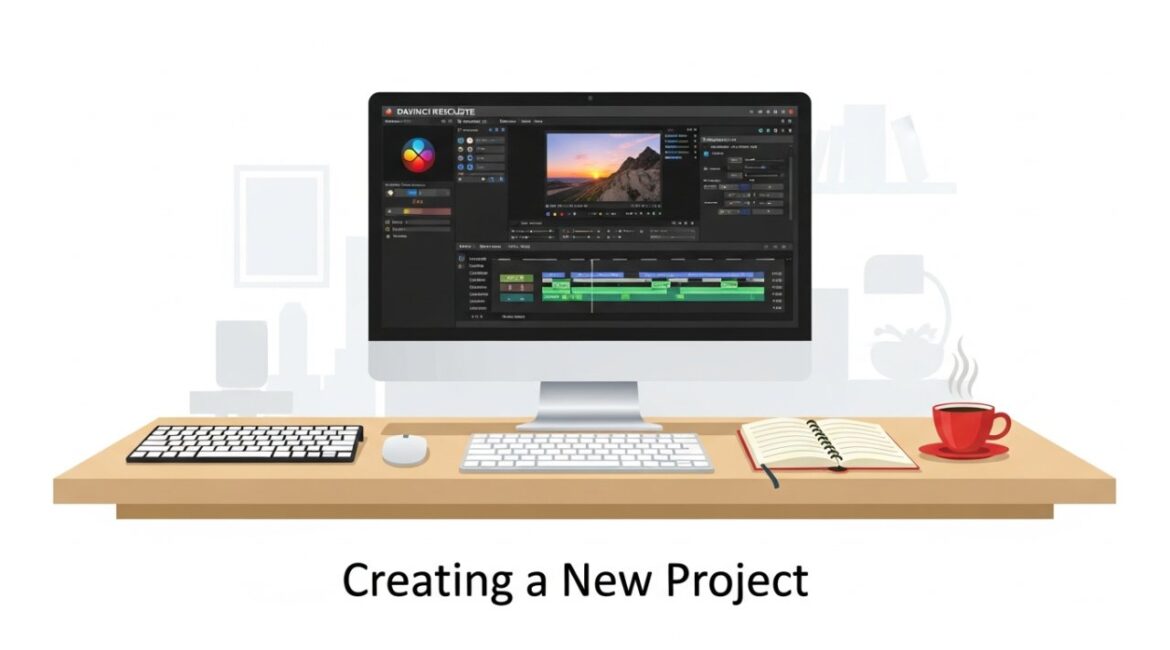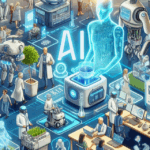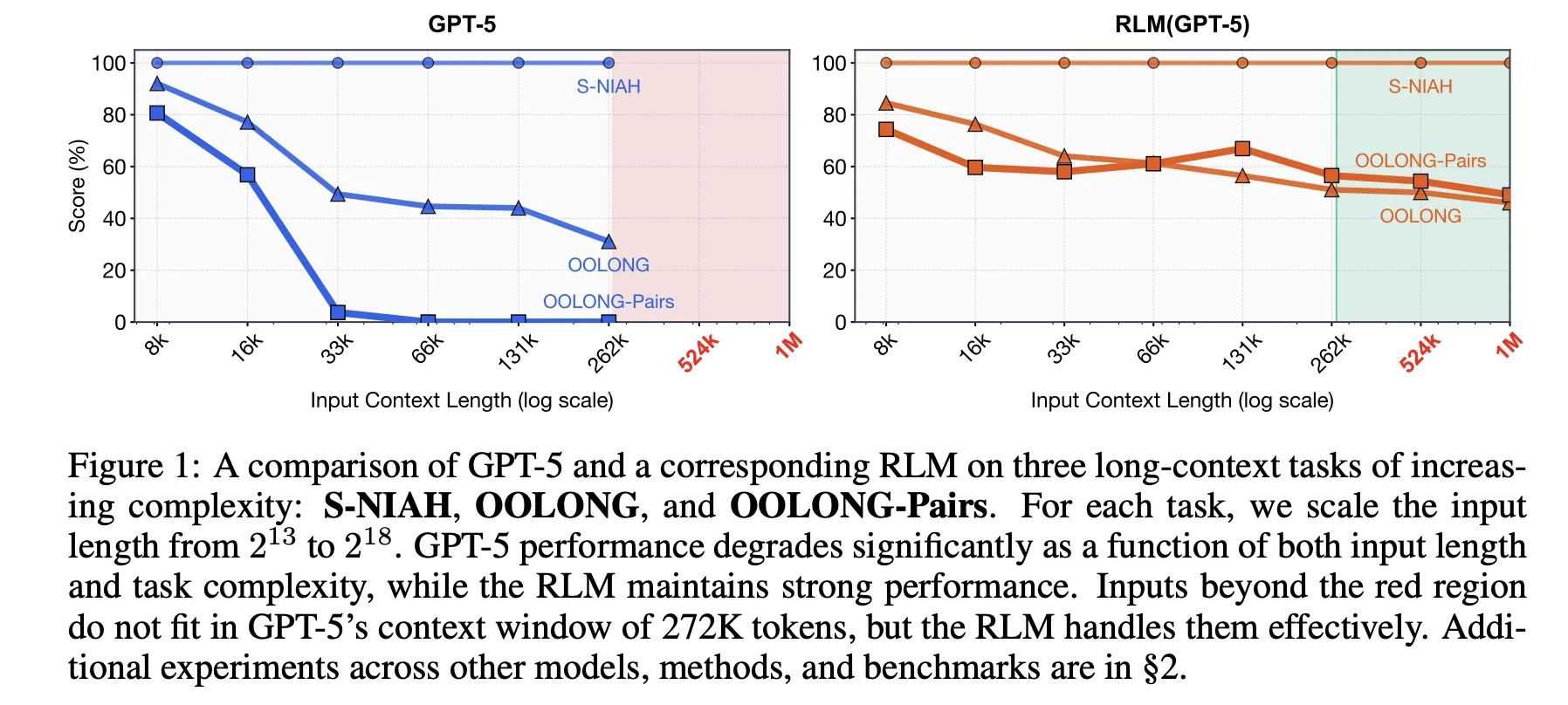Unlocking Income: How to Make Money on Snapchat with Creative Strategies
Key Takeaways Engagement is Key: Utilizing Snapchat’s unique features like Stories and interactive tools enhances customer engagement, which is crucial for monetization. Identify Your Niche: Focus on specific topics that resonate with your audience to stand out and attract more followers. Monetization Strategies: Explore various monetization options, including sponsored content,












